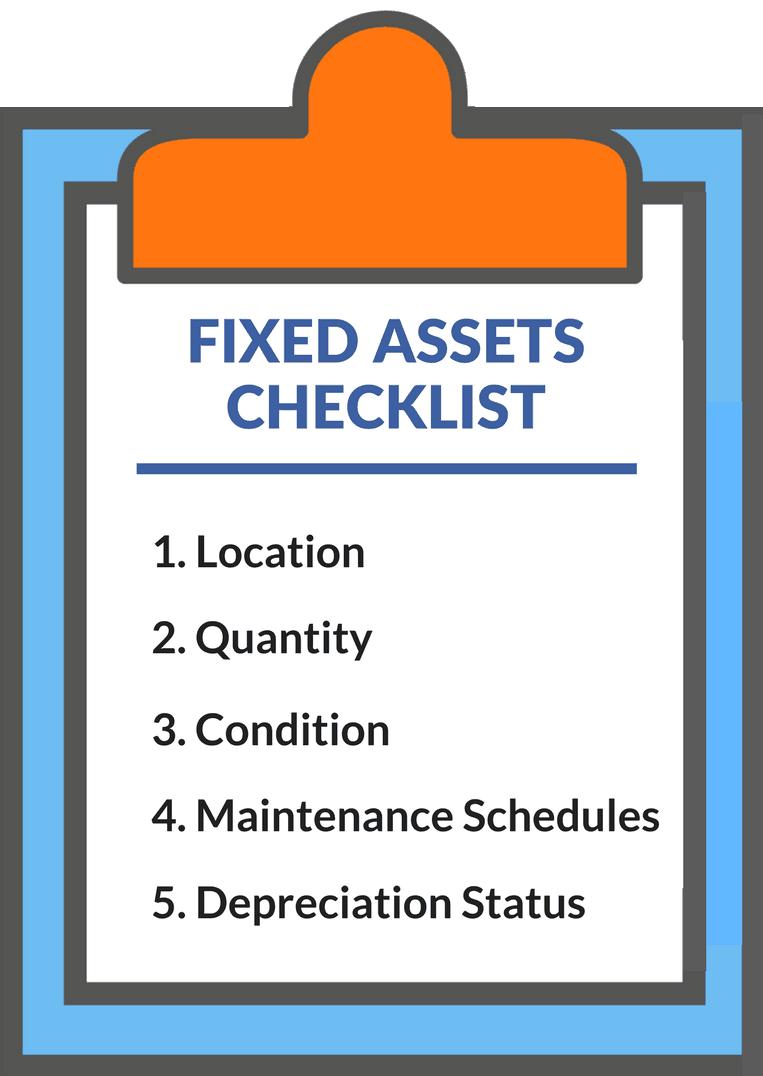No matter what kind of business you run, you probably own property that helps you provide products and services. Your company’s assets are a valuable part of your operations and need to be carefully maintained. Use a fixed asset management system to organize information about your business property.
What are fixed assets?
Fixed assets are long-term items that add value to your business. They are tangible assets that you do not expect to convert into cash in less than one year. Long-term intangible property can also be called a fixed asset, like a trademark or patent.
You buy fixed assets to produce goods or services, rent to third parties, or use in your business. The following are common examples of fixed assets:
- Buildings
- Equipment
- Furniture
- Vehicles
- Computers
- Land
- Intangible assets
Fixed assets have a useful life longer than one year. For this reason, inventory is not a fixed asset because you want to convert it into cash as fast as possible.
What is fixed asset management?
Since you operate a small business, managing your fixed assets shouldn’t be a huge headache. Fixed asset management helps you track, protect, and value your company’s assets.
You can use serial numbered asset tags to manage fixed assets. Asset tags are labels with bar codes that contain information about each asset. You can keep track of your assets by using a mobile bar code reader and creating reports.
Fixed asset management software can help you manage business property. There are many different kinds of software solutions for managing fixed assets. Make sure you choose one made for small business owners. The software program should be easy to use and have all the features you need to manage assets.
How to manage fixed assets
To manage fixed assets, keep track of key details about your business property. These details include the following items.
Location
You need to know where your fixed assets are located. This is important if you use company property outside of your business or you open a second business location.
Use a system for tracking when you or a team member moves a fixed asset. For example, if your employees use company vehicles to meet clients, have them record where they go.
Quantity
Keep track of how many fixed assets you have. This will help you know when to buy more property. For example, you might find a good deal on a piece of equipment. But if you already have enough of the same equipment, you might not need to buy another. Or, you might find that you don’t have enough equipment and it’s time to purchase more.
Condition
Note the condition of your fixed assets. Is your business property in pristine condition? Or, is it older and could use some work? The condition of your assets helps you schedule maintenance, plan purchases, and determine small business valuation.
Maintenance schedules
You must keep up with maintenance schedules to get the longest life out of your fixed assets. Create a general maintenance schedule for your business property. When unplanned maintenance occurs, note it in your fixed asset management records.
Depreciation status
Usually, you don’t report the entire cost of a fixed asset in one year. Instead, you depreciate the expense to account for the asset’s declining value over time. You report portions of the total cost over a fixed number of years. You need to track each fixed asset’s depreciation status to know what to report on your business tax return.

Fixed asset management best practices
The management of fixed assets can be tricky if you’re not organized. You need to record the purchase, depreciation, and sale of fixed assets in your books.
The fixed asset management process is for accounting, preventative maintenance, and theft deterrence. You need to know the following information about your fixed assets:
- Your legal and reporting obligations for fixed assets
- How you handle depreciation
- Your budget for fixed assets
- The location of your fixed assets
- The value of your fixed assets
- The dollar amounts you buy and sell fixed assets for
You can use data to create reports about business property. The reports help you review your financial health, file tax forms, and talk with lenders.
The importance of fixed assets management
Managing fixed assets makes it easier when issues and opportunities come up. Here are just a few ways fixed asset management can help your business succeed:
- Get through unexpected repairs and other property issues smoothly: As a small business owner, you know that unforeseen events happen every day. When something breaks, it’s easier to handle the issue if you already know what’s going on with your assets.
- Know the best times to purchase new assets: Fixed asset management shows you the right moments to jump on opportunities to gain assets.
- Keep up with your tax obligations: When you buy long-term assets, you usually depreciate them. Fixed asset management helps you accurately calculate depreciation expenses and see an asset’s depreciation status.
- Determine the value of your business: Fixed assets add value to the overall worth of your company. This is important for selling your business and speaking with investors.
Need a simple way to track all your small business transactions? Patriot’s online accounting software is easy to use and made for the non-accountant. We offer free, U.S.-based support. Try it for free today.
